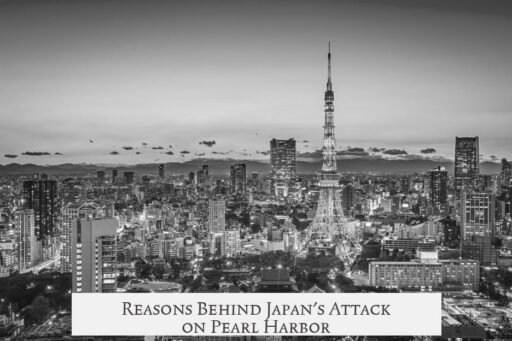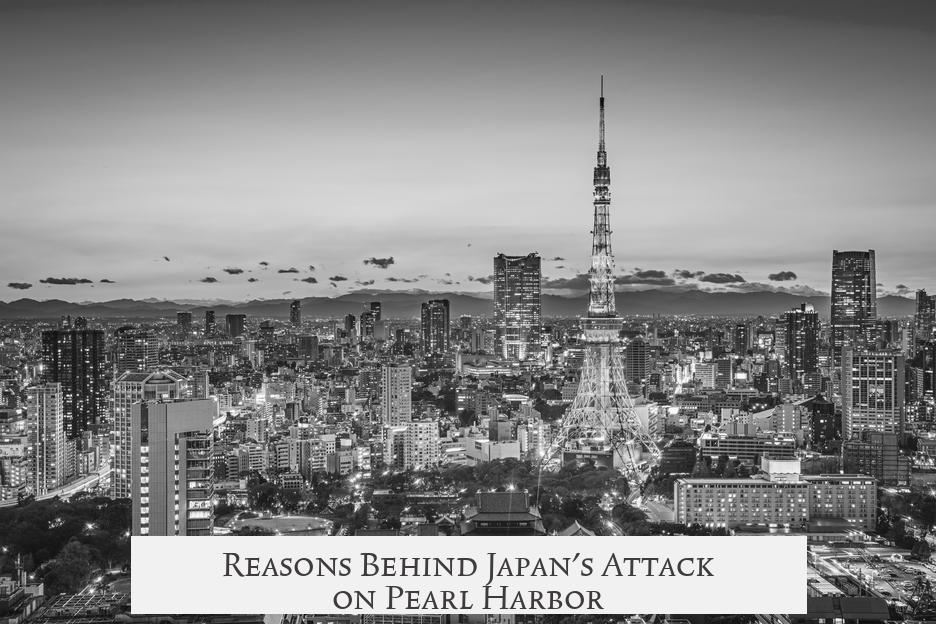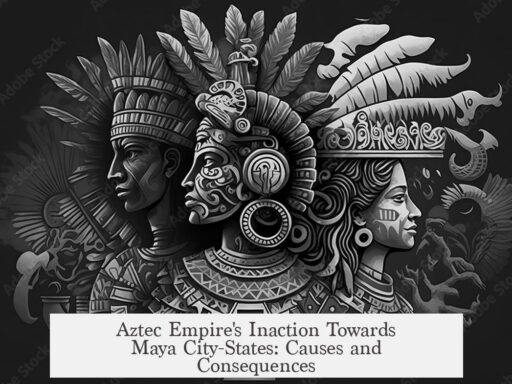Japan bombed Pearl Harbor primarily to neutralize the U.S. Pacific Fleet and secure resource-rich territories in Asia, crucial for sustaining its war efforts and imperial ambitions. This decision emerged from deep military rivalries, urgent resource needs, and strategic calculations aiming to preempt American interference.
The roots trace back to Japanese imperialism marked by a sharp divide between the Army and Navy. The Army favored expansion northward into Mongolia and Siberia, targeting Soviet resources and expecting limited conflict with Western powers. It was structured mainly to fight smaller Asian armies and was ill-prepared for confrontation with major Western navies. In contrast, the Navy pursued the Southern Plan, aiming at the Pacific islands and French Indochina, anticipating conflict with the United States and Britain. The Navy’s buildup geared it for battles against these powers, while the Army avoided provoking them.
These conflicting plans fueled intense competition for Japan’s limited military budget. The Army relied on conscripted farmers, and the Navy recruited volunteers and fishermen. Large Japanese companies often aligned with either faction. This rivalry sometimes escalated to political violence to secure resources. By 1939, after a prolonged stalemate in China drained Army resources, the government tilted support toward the Navy, which advocated securing southern territories with abundant natural resources.
Resource scarcity was critical. Japan heavily depended on imports for oil, metals, and machinery. Before war, the United States was a major supplier, providing significant portions of Japan’s copper, oil, scrap iron, and steel materials. However, as Japan expanded into Indochina in 1941, the U.S. responded with embargoes, cutting vital oil supplies. Japan had been warned to withdraw but refused, making embargoes unavoidable.
Facing a blockade that jeopardized its war economy, Japan chose aggressive expansion to seize resource-rich areas in Southeast Asia. The Navy crafted a plan to strike decisively at Pearl Harbor, aiming to destroy the U.S. Pacific Fleet before it could interfere. They expected that a crippled U.S. navy would delay American response, allowing Japan to consolidate control over regional colonies and resources. This strategy also sought to assert Navy dominance within Japan’s military hierarchy.
The Japanese high command acknowledged they might lose a prolonged war against the U.S. but hoped to achieve quick gains that would discourage American intervention. They assumed logistical challenges would deter the U.S. from retaliating across the vast Pacific. Moreover, Japan possibly believed the U.S. would prioritize the war in Europe (“Europe first”) and neglect Pacific operations. The plan included isolating Australia to prevent Allied reinforcement.
In practice, these assumptions faltered. The U.S. rebuilt its naval capacity and launched counteroffensives, including the Guadalcanal campaign eight months after Pearl Harbor. The Pacific was not a logistical dead zone for the U.S., and Japan failed to cut Australia off as planned. The attack galvanized American public opinion, leading to full U.S. engagement in the Pacific War.
Before the embargo, the U.S. actually supported Japan’s war efforts indirectly by exporting raw materials and equipment, becoming Japan’s largest supplier in 1937-1940. This economic aid fueled Japan’s military campaigns in China. However, growing condemnation within the U.S. government and international pressure shifted policy toward embargoes once Japan’s southern expansion threatened broader regional stability.
- Japan’s bombing of Pearl Harbor aimed to neutralize the U.S. Pacific Fleet to enable swift southern expansion.
- The Navy-led Southern Plan conflicted with the Army’s northern ambitions, but Navy dominance shaped attack strategy.
- Resource embargoes by the U.S. drove Japan toward aggressive acquisition of Southeast Asian territories.
- Japan underestimated U.S. resolve and logistical capability in the Pacific following the attack.
- The attack intended to deter U.S. interference but instead prompted full American entry into World War II.
Why did Japan decide to attack Pearl Harbor instead of focusing on other military actions?
Japan’s Navy planned to attack the U.S. Pacific Fleet at Pearl Harbor to delay American naval power. The goal was to seize resource-rich territories quickly before the U.S. could rebuild its fleet and respond effectively.
How did U.S. embargoes influence Japan’s decision to bomb Pearl Harbor?
U.S. embargoes, especially on oil, cut off crucial supplies to Japan. Japan saw war and territorial expansion in Southeast Asia as necessary to secure resources and break free from economic restrictions imposed by the U.S. and the Allies.
What internal conflicts in Japan shaped the attack on Pearl Harbor?
Japan’s Army and Navy had two different strategies. The Army focused on invading Russia and Asia, while the Navy wanted to expand into the Pacific and fight the western powers. The Navy’s plan led to the Pearl Harbor attack.
Did Japan expect to win a long war against the United States?
No, Japan knew it might lose a prolonged war. The Navy’s plan was to cripple the U.S. fleet quickly, then seize colonies in Asia to build a strong defense, hoping the U.S. would avoid a costly fight far from its bases.
What miscalculations did Japan make about the U.S. response to Pearl Harbor?
Japan assumed the U.S. would focus on Europe first and avoid fighting across the Pacific. They expected logistical challenges to prevent American counterattacks, but the U.S. quickly responded, landing on Guadalcanal months later.



